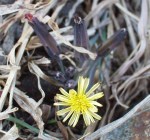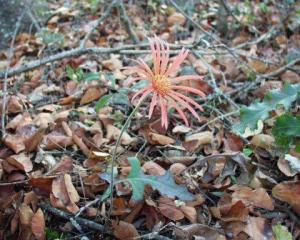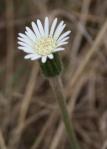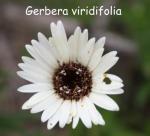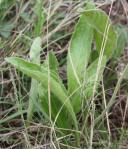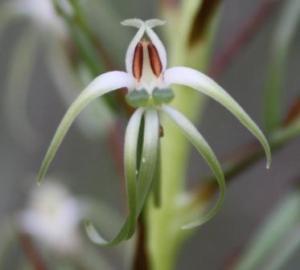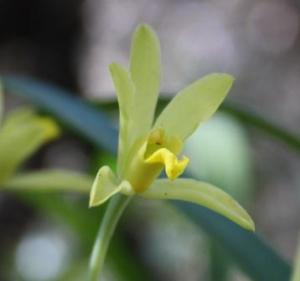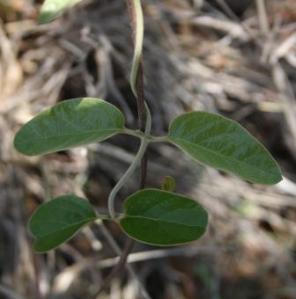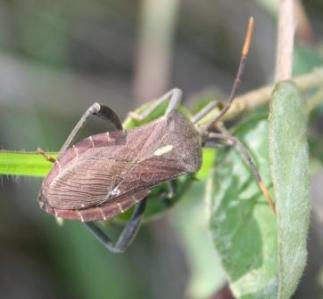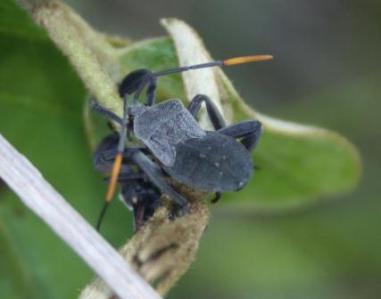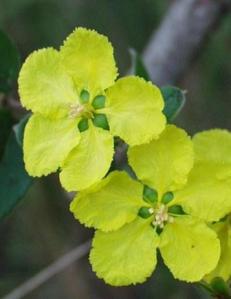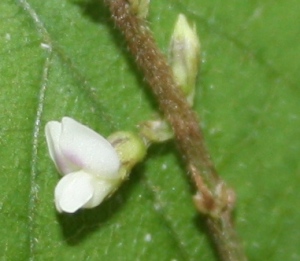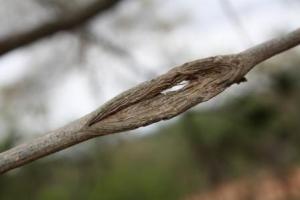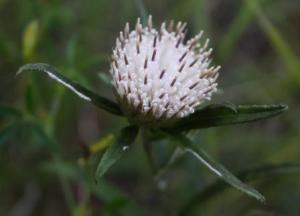Order: Lepidoptera
Family: Notodontidae
Species: Atrasana postica
(Article was revised)
I have requested help with the identification of this species earlier, and would like to thank all those involved for their input.

A beautiful caterpillar, the colours almost unreal
It was about this time last year (April 2011) when I found the striking candy-striped caterpillar on a Dombeya rotundifolia (Wild pear or Drolpeer in Afrikaans) leaf. It was about 2-2.5cm long. When disturbed, it curved the body as in the picture below.

Body position when disturbed
I observed it for quite a while and came back for a second ‘photo shoot’.

Leave me alone! Go away now!
I saw it pooped and then something amazing happened. It immediately turned to the poop, took it in the mouth and threw it. It fell a few centimetres away and the caterpillar continued until the poop fell off the leaf. Hygienic little critter, I must say!

Throwing out poop to tidy up it’s living space
This behavior is apparently known as ‘scatapulting’, and the poop’s more proper name is ‘frass’. Read more about this behavior at National Geographic and Tales from the Butterfly Garden.
The eggs on the body fascinated me but I didn’t think at the time to keep the caterpillar to observe the parasite.
A few weeks later, after a walk through the veldt, I found another of this magnificent species on my shoe. It was much smaller and had fewer, but larger eggs attached to it.

A second specimen, with much larger eggs on the body.
This time however I was determined to find out what was parasitizing this beautiful organism, and I kept the caterpillar in a container in my room.

A few days later… the eggs have hatched…
It was gruesome to witness the larvae consuming the caterpillar alive.

By this time the caterpillar was literally sucked dry
Unfortunately I didn’t take any pictures of the pupae, but I saw the organisms that hatched from it!

To get some perspective – this is a honey jar’s lid
It was tiny, tiny wasps and my camera lens was hardly sufficient to capture it, and definitely not sufficient enough to enable identification. But I tried!

Webcam through microscope eyepiece
I brought a microscope from work and attached a webcam to it to take these pictures and a short video clip, but I can’t post that here.

Much, much more enlarged
There are ways described on the Internet to attach a webcam to a microscope, and I have tried several methods but nothing is working really very well at this time. This was taken by just holding the cam to the eyepiece, the only way I could capture any image. It is better than nothing, however.




